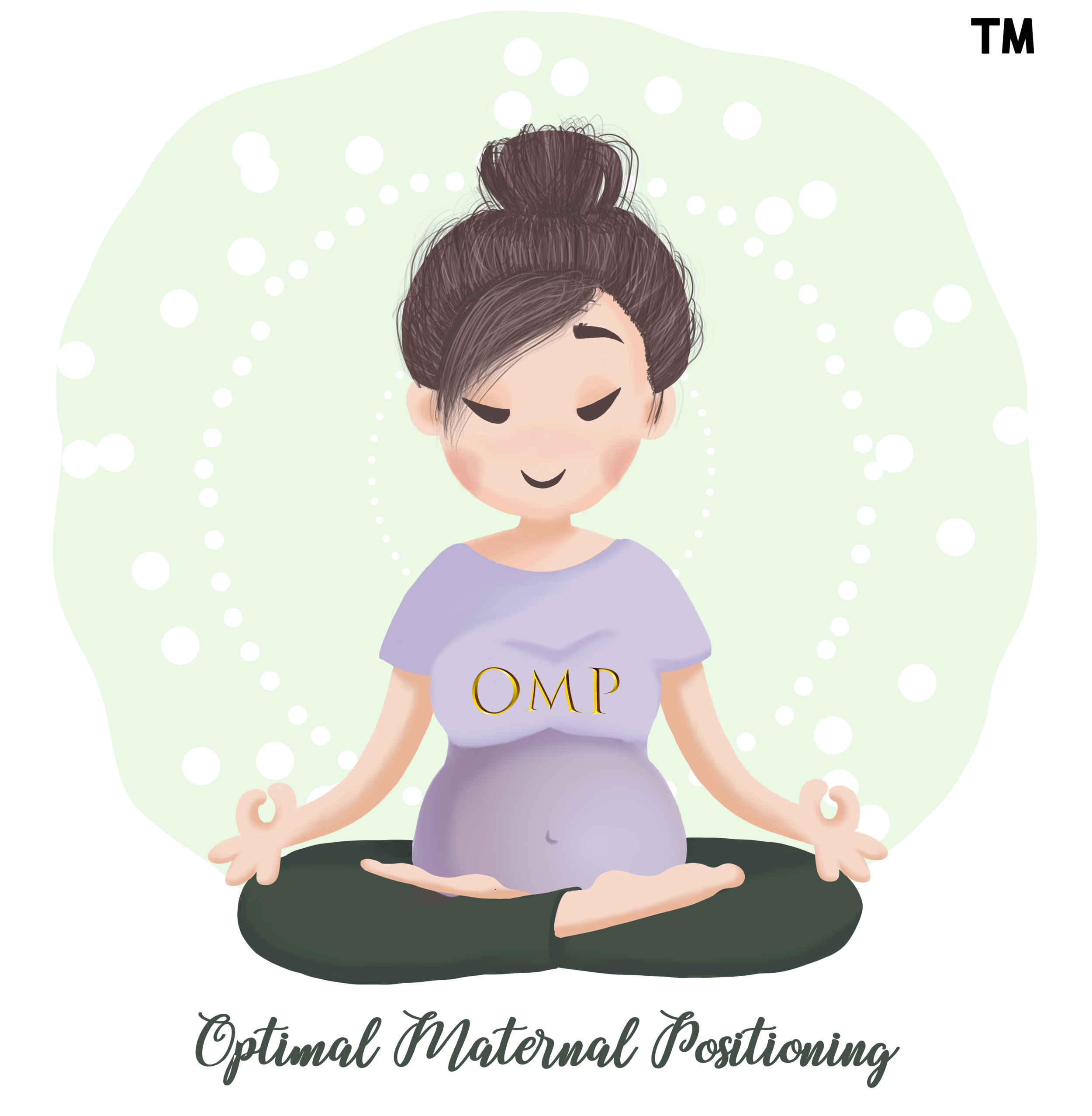Pregnancy Discomforts: Ligament Pain
recognising pain & discomfort during pregnancy: ligament pain
Where does it usually hurt?
Your growing belly comes with a lot of changes that may be new to your body, especially if this is your first pregnancy. A pair of round ligaments are located on both sides of your uterus and their purpose is to support your uterus throughout the whole pregnancy. Both the round and broad ligaments act as connectors for your uterus, pelvis and abdominal muscles.
The lengthening of the ligaments will allow the expansion of the uterus and may need some time to stretch depending on your health history and movement abilities. Ligament pain presentation varies amongst the pregnant population and usually starts around the 2nd trimester when the hormones are surging. Ligament pain can feel like stabbing, sharp, electric like pain typically around the sides of the belly and the groin area and typically increase during transitional movements like sitting to standing or rolling from side to side in bed. Sudden movements also aggravate these changing and stretching ligaments and can cause them to feel as if they are like tight rubber bands.
What activities should I avoid?
Avoid activities that cause discomfort or pain when you engage your core and midsection such as turning over in bed from side to side, getting in and out of a car one leg at a time, climbing in and out of bed one leg at a time.
What exercises can I do?
1. OMP Pelvic Alignment Protocols
2. Swimming is a great exercise to do while pregnant to relieve ligament pain as it helps to take gravity out of the equation while exercising.
3. Cat Cow Stretches – seated and on all fours
4. Pelvic Rocks – sitting, standing, forward leaning
5. Swiss Ball Exercises – sitting and leaning chest on
6. Walking
How can I relieve the pain?
It is advisable to continue with prenatal chiropractic care when having any signs of ligament discomfort or pain.
A pelvic belt or maternity belt would also help to minimize sacroiliac joint and pubic symphysis joint instability. An example of this belt would be the Serola Sacroiliac belt.
Gentle heat (heat packs/bottles/rice socks/warm baths and showers) can also aid in relieving ligament pain and accompanying back pain. Make sure you are applying it on the ligaments and remove when skin starts to get too hot (around 10-15 minutes).
Massage and movement – overstretching these sensitive ligaments can also cause more pain but using food grade oil (such as organic coconut oil) to massage the area of the ligaments can help the ligaments stretch naturally thus preventing the electric feeling they create when trying to expand.
POSTURE RECOMMENDATIONS
As the centre of gravity changes throughout pregnancy, the evolving pregnant body must adapt daily to these dynamic changes. Please keep these postural adaptations in mind.
Feet – make sure they are firmly planted on the floor with equal weight. Wear shoes without any type of heel if possible. The higher the heel, the worse for your feet, pelvis, spine and overall posture. Heels cause your pelvis to tilt abnormally which leads to an increase in pressure and load to your abdominal muscles and can affect diastasis recti issues.
Knees/Hips (while sitting) - make sure your knees are below your hips AT ALL TIMES. This is very important! When your knees start to rise higher than hip level, you start to tilt and curve your lower back in the opposite direction that it is supposed to be in and it causes hypolordosis. There should be an inward curve in your lower back which is what happens when you bend your knees and allow them to be below your hips. Using an exercise ball helps with maintaining this upright and slightly forward position while keeping the alignment of the knees and hips in mind.
Knee/Hips (when standing) – make sure that you align your knees/feet so that they are the same width apart as your hips. Try to make your knees point directly out behind you like headlights and check that they are not angled in different directions.
Ribs, Shoulders, Upper Back – do NOT suck in your tummy – allow your entire belly to relax. Make sure your ribcage and diaphragm are in a neutral position and in line with your pelvis. Do NOT puff up your chest to try to get your shoulders back. Relax your shoulders whenever possible.
Neck/Jaw/Head – relax your neck and allow the top of your head to naturally fall in line with your shoulders. Jaw and neck issues are often a common problem with pregnant women as the increasing weight of belly and breasts cause stress to pull primarily from the neck and jaw.
For more recommendations on how to experience a healthier and more comfortable pregnancy, have a safe childbirth experience and encourage better healing and alignment during your postnatal recovery, please see your family chiropractor. Chiropractors who specialize in prenatal, paediatric and postnatal chiropractic and those who are Webster certified will be able to guide you through your family’s journey.

